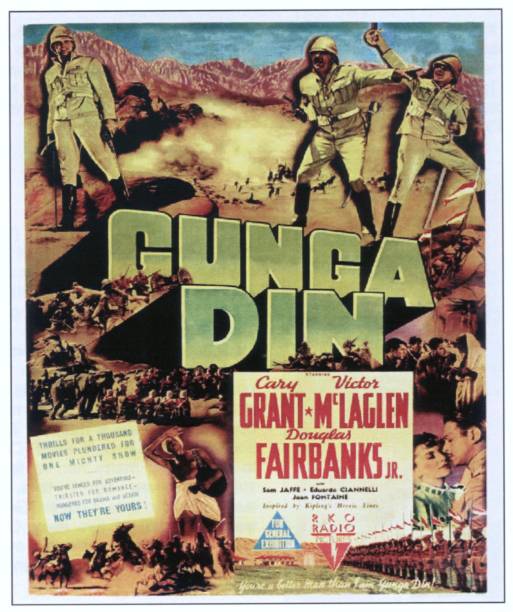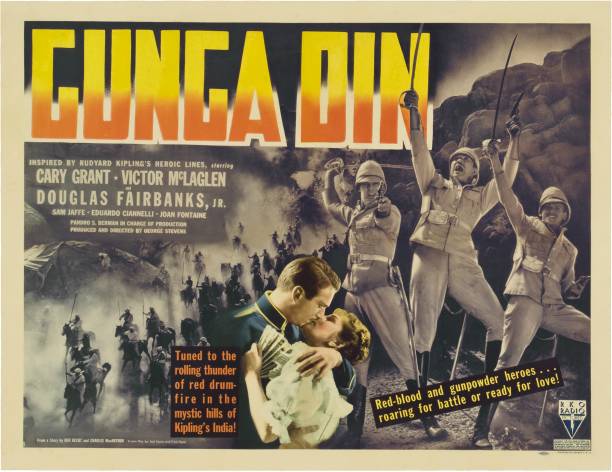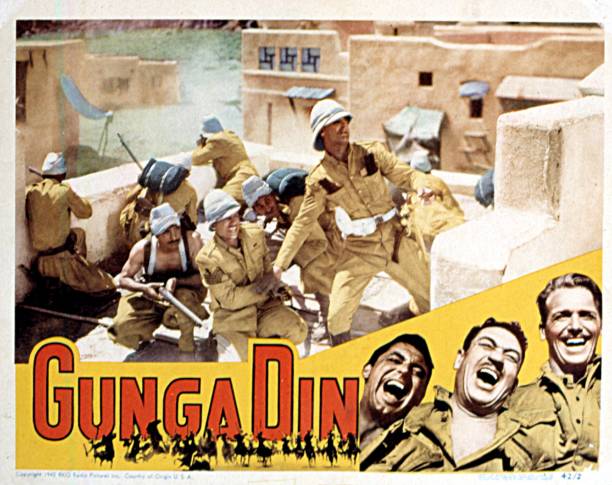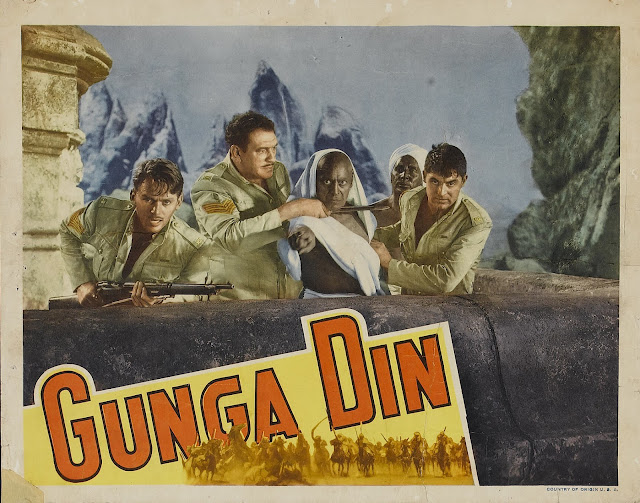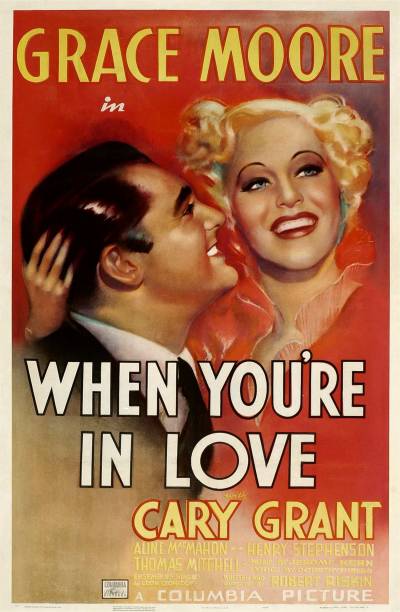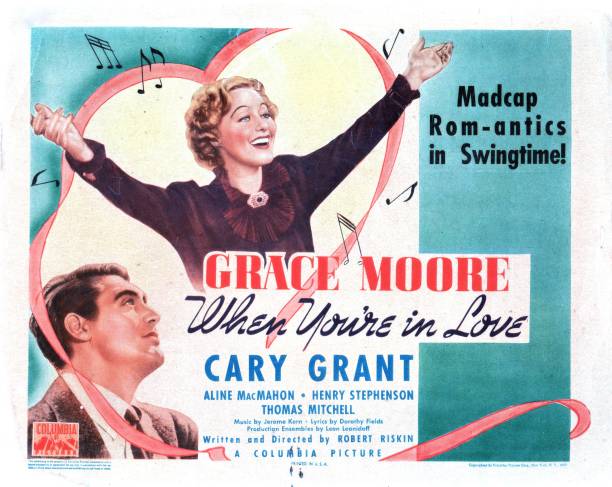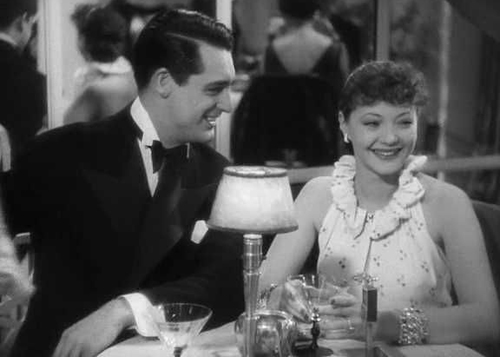Wings in the Dark - February 1st, 1935.
It all started on Instagram in 2020, about Me and Archie...But here it is definitely more about him!!

Thursday, February 1, 2024
On This Day in February - Poster and Lobby Cards
Friday, February 17, 2023
The Woman Accused (1933)
"For the finish, the hero, as done capably by Cary Grant, wields a blacksnake whip on the gangster..."
 |
| With Nancy Carroll. |
The Woman Accused - Review is taken from 'The Films of Cary Grant' by Donald Deschner (1973):
"Despite two of the silliest exhibitions of melodramatics, the exploitation campaign and Liberty mag tieup behind Woman Accused should aid materially in putting it across to average returns. To counterbalance the pair of moronic scenes is a wow finish that had the audience cheering.
Billed as the picture written by ten of the world's greatest authors, it is not conceivable that the literary names concerned could have permitted, let alone have written, the aforementioned offending sequences.
First sequence that went smello was the deep-dyed villainy of Louis Calhern in an effort to build up a logical reason for the girl, Nancy Carroll, to kill him. Second was the mock-trial during a "cruise to nowhere" which was carried to silly extremes. Both can be touched up by judicious cutting.
Unfortunate that Calhern and John Halliday have been handed such parts, that no amount of good trouping can surmount the amount of ham written into each line.
For the finish, the hero, as done capably by Cary Grant, wields a blacksnake whip on the gangster, key witness against the girl, giving film fans probably their first real satisfaction at the manner in which a mobster should be handled. After a perfect buildup as a menace, Jack La Rue brings audience applause when he turns into jelly after the larruping administered by Grant.
Some novel directorial angles in the "Strange Interlude" treatment of the accused woman's fear and terror, and the atmosphere of the pleasure cruise. Nancy Carroll's work is well-done and sincere and Norma Mitchell, as her maid, gives a sweet performance. Latter's work here is of the quality that should win her a good play from the casting directors. Such people as Irving Pichel, Frank Sheridan, Harry Holman and Donald Stuart are in for short, but capably done, bits."
- Daily Variety
 |
| New Artwork by Rebekah Hawley at Studio36 - Number 9 - The Woman Accused (Lobby Card Style) |
Part Of
For more, see also:
Monday, May 18, 2020
Cary Grant and the Pre-Code Era
- General Principles
- Particular Applications
- Prohibited a movie from "lowering the moral standards of those who see it"
- Called for depictions of the correct "standards of life"
- Forbade a movie from showing any sort of ridicule towards the law or "creating sympathy for its violation".
- The Hays Code required that women, in love scenes, at all time have "at least one foot on the floor".
- People could not be in a horizontal position if they were kissing.
- Betty Boop had to be "cleaned up". Her skirts lengthened to the knee, and necklines of her dress were raised, so as not to cause offence. Winking and shaking hips were deemed to be "suggestive of immorality". The clean up effectively ruined her on-screen career.
- Gone With the Wind producer, David O. Selznick had to convince Hays and Breen, that the line "Frankly, my dear, I don't give a damn" was not prejudicial to public morals, under the profanity guidelines.



.jpeg)






